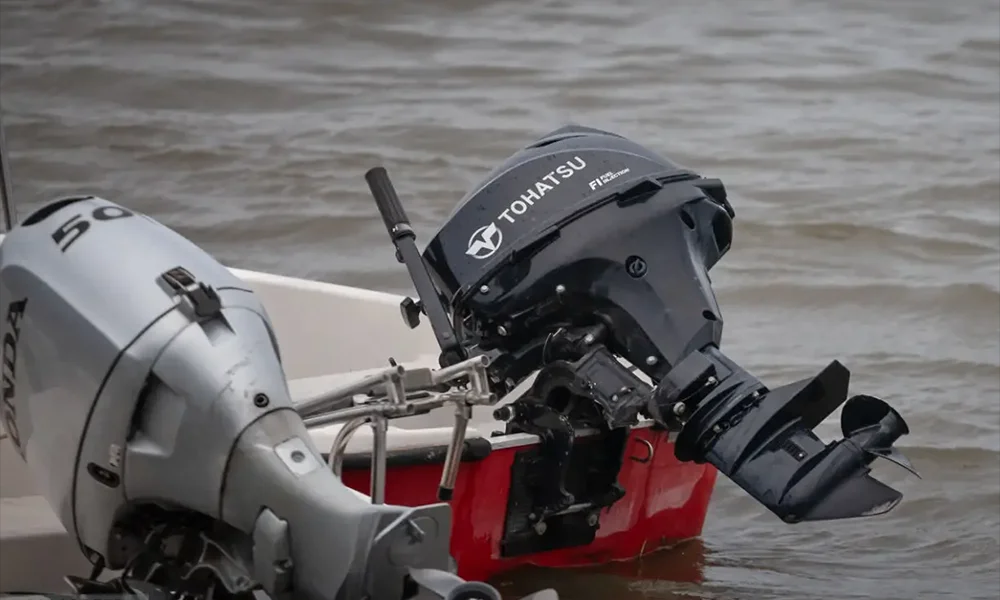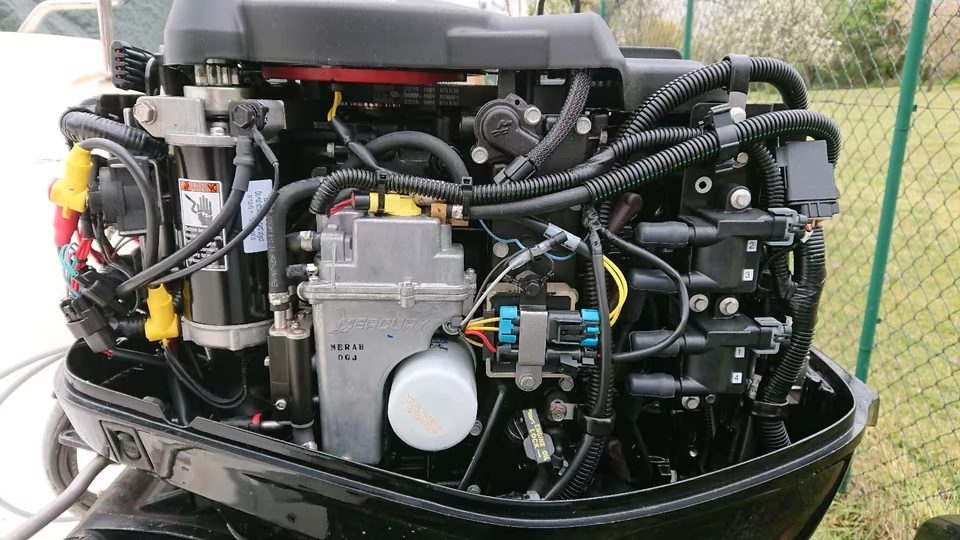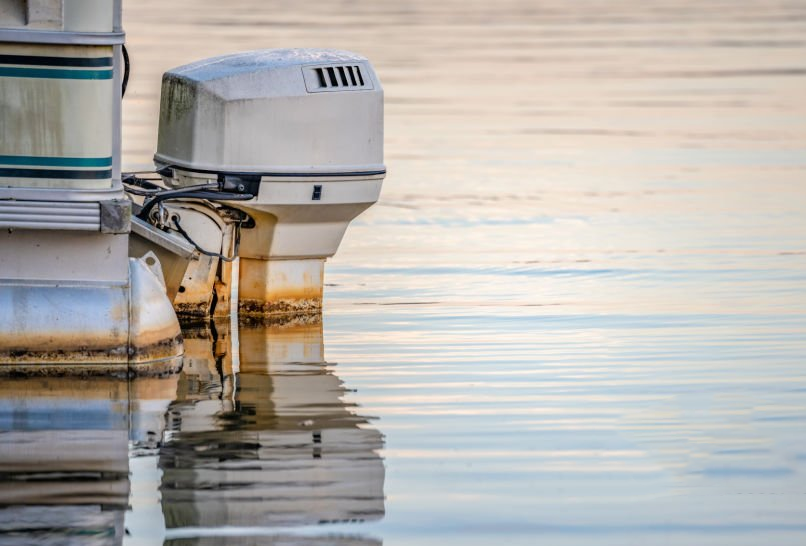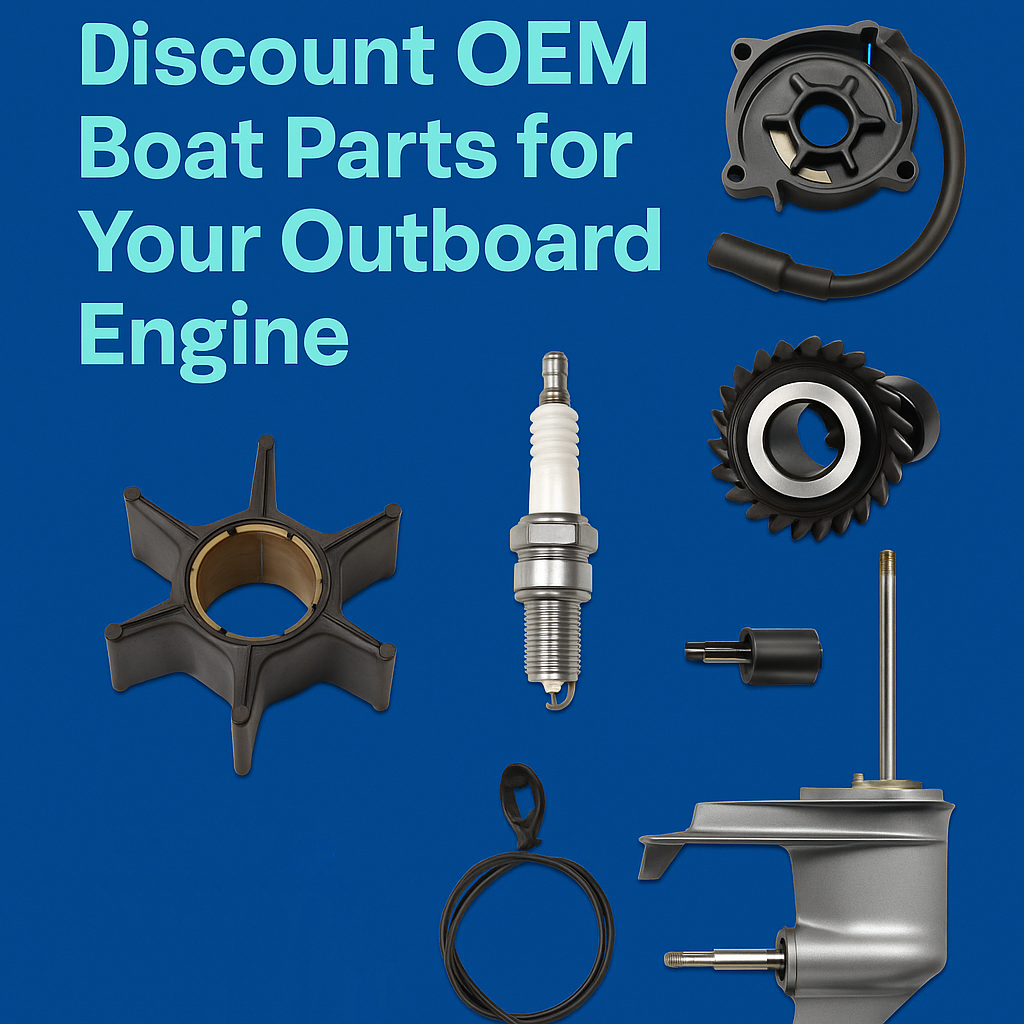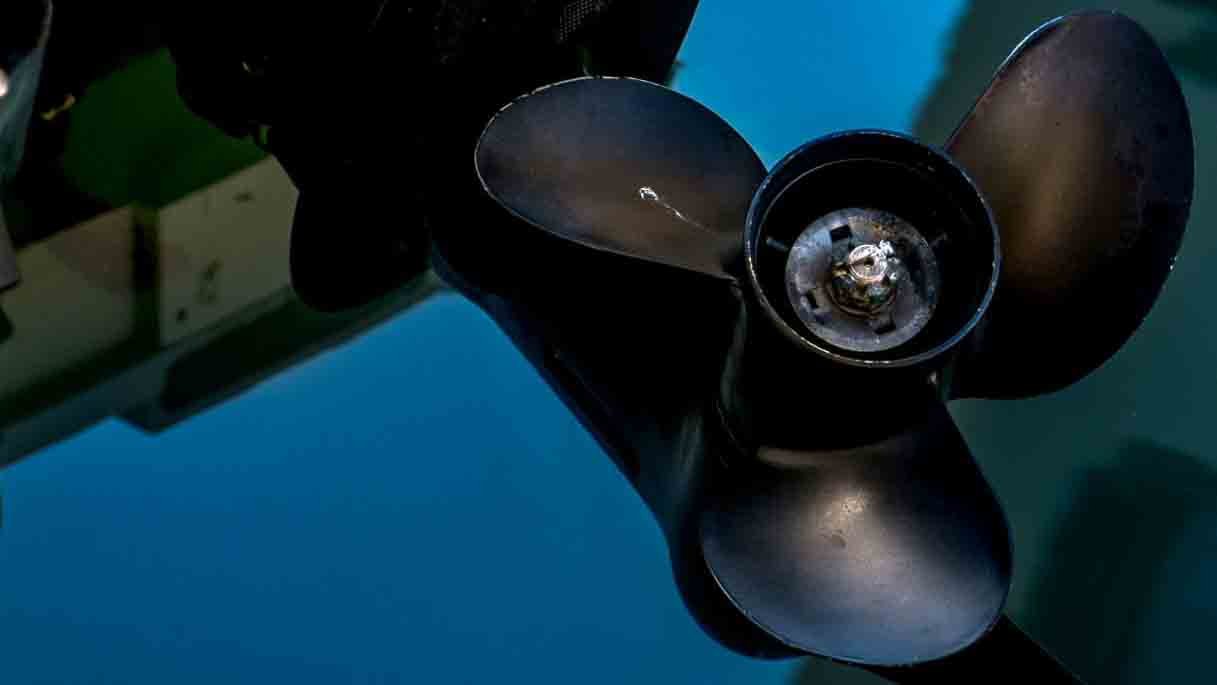Outboard motors are the heart of many boats, providing the power needed to navigate waterways with ease. Whether you’re a fishing enthusiast, a weekend boater, or a professional mariner, understanding what an outboard motor is and how it works can enhance your boating experience. In this comprehensive guide, we’ll explore the basics of outboard motors, their components, and how they operate, along with recommendations for top products and maintenance tips.
What Is an Outboard Motor?
An outboard motor is a self-contained propulsion system mounted on the stern (rear) of a boat. It combines an engine, gearbox, and propeller in a single unit, making it a versatile and portable power source for small to medium-sized vessels. Outboard motors are popular for their ease of installation, maintenance, and ability to be tilted or removed when not in use.
- Key Features:
- Compact and lightweight design.
- Available in various power ranges, from 2 HP to over 600 HP.
- Suitable for fishing boats, pontoons, dinghies, and more.
How Does an Outboard Motor Work?
Outboard motors convert fuel (gasoline or diesel) into mechanical energy, which drives the propeller to move the boat. Here’s a step-by-step breakdown of how they operate:
1. Fuel Combustion
The process begins in the engine, where fuel mixes with air in the combustion chamber. A spark plug ignites the mixture, creating a small explosion that pushes the piston downward.
- Pro Tip: Regular maintenance of the fuel system, including the carburetor or fuel injectors, ensures efficient combustion.
2. Power Transmission
The piston’s movement turns the crankshaft, which converts linear motion into rotational energy. This energy is transferred to the driveshaft, which runs through the motor’s midsection.
- Recommended Product: Check out this Yamaha Outboard Fuel Injector for optimal fuel delivery.
3. Gearbox and Propeller
The driveshaft connects to the gearbox, which adjusts the rotational speed and direction. Finally, the propeller spins, pushing water backward and propelling the boat forward.
- Why It Matters: Choosing the right propeller size and pitch is crucial for performance. Learn more in our guide on How to Choose the Right Boat Propeller.
Key Components of an Outboard Motor
Understanding the main parts of an outboard motor can help you troubleshoot issues and perform basic maintenance:
- Engine Block: The core of the motor, housing the cylinders, pistons, and crankshaft.
- Carburetor/Fuel Injection System: Mixes fuel and air for combustion.
- Ignition System: Generates the spark needed to ignite the fuel-air mixture.
- Cooling System: Uses water from the surrounding environment to prevent overheating.
- Gearbox: Transfers power from the engine to the propeller.
- Propeller: Converts rotational energy into thrust.
Types of Outboard Motors
Those come in different types to suit various boating needs:
- Two-Stroke Motors: Lightweight and powerful, but less fuel-efficient and environmentally friendly.
- Four-Stroke Motors: Quieter, more fuel-efficient, and eco-friendly, but heavier and more expensive.
- Electric Outboard Motors: Eco-friendly and quiet, ideal for small boats and short trips.
- Recommended Product: Explore the Mercury Four Stroke for a reliable and efficient option.
Advantages of Outboard Motors
Outboard motors offer several benefits that make them a popular choice among boaters:
- Portability: Easy to install, remove, and transport.
- Space-Saving: Frees up space inside the boat for passengers and gear.
- Maneuverability: Allows for precise steering and control.
- Maintenance: Easier to access and service compared to inboard motors.
Maintenance Tips for Outboard Motors
Proper maintenance ensures it runs smoothly and lasts longer. Here are some essential tips:
- Flush After Use: Rinse the motor with fresh water to remove salt and debris.
- Change the Oil: Regularly replace the engine oil and gearcase lubricant.
- Inspect the Propeller: Check for damage and replace if necessary.
- Winterize: Prepare your motor for storage during the off-season.
- Recommended Product: Use this Sierra Outboard Maintenance Kit for all your maintenance needs.
Frequently Asked Questions (FAQs)
1. How do I choose the right outboard motor for my boat?
Consider factors like boat size, weight, and intended use. Check the boat manufacturer’s recommendations for horsepower and shaft length.
2. Can I upgrade my outboard motor?
Yes, but ensure the new motor is compatible with your boat’s transom and weight capacity.
3. How long do outboard motors last?
With proper maintenance, one can last 10-20 years or more.
Conclusion
Outboard motors are an essential component of modern boating, offering power, versatility, and ease of use. By understanding how they work and following proper maintenance practices, you can ensure your motor performs reliably for years to come. Whether you’re in the market for a new motor or looking to maintain your current one, explore trusted products.
For more boating tips and guides, check out our article on How to Winterize it.
Happy boating!

